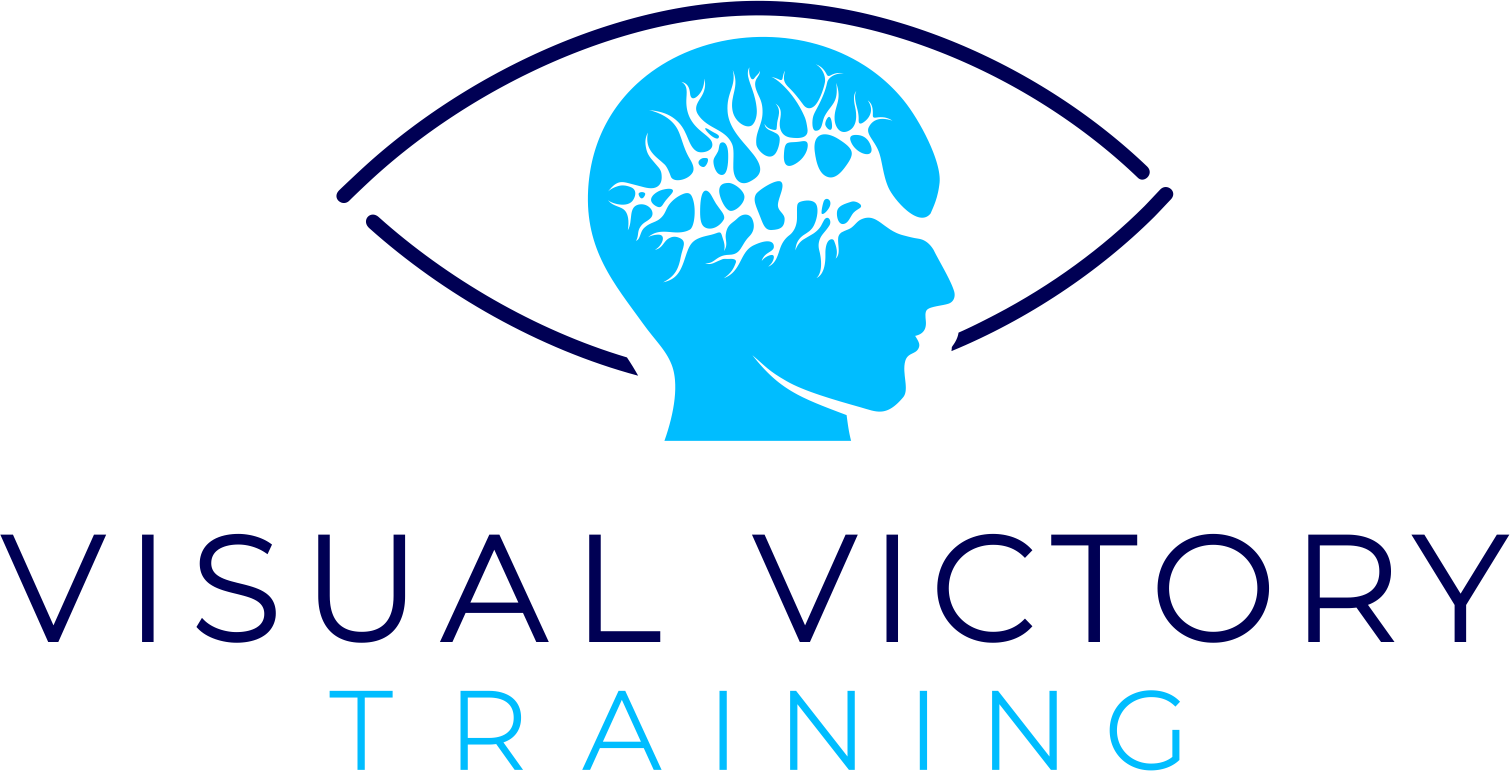What is Vision Therapy?


World Health News Segment on Vision TherapyVision therapy is much like “physical therapy”, but rather than treating the muscles of the body, it works on the eyes and visual system. It is an invaluable tool that has changed not only our patients’ vision, but has improved many related areas of their lives as well.
The first step is a thorough visual skills evaluation with Dr. Pruszenski to determine if vision therapy is the best course of care. Having had extensive experience treating patients of all ages, she easily makes her younger patients comfortable during this exam.
Next, she’ll prescribe an individualized program of vision therapy that train your eyes to work together, track, perceive and focus properly. Strengthening these basic visual skills can really change the way you see, allowing you to enjoy activities, such as reading, that may have been difficult before.
Research has shown that vision therapy can be instrumental in helping increase visual attention spans for children learning to read. Often, children who had been falling behind in reading are able to improve their performance greatly by reducing the effects of their vision problems. Vision therapy truly allows kids to enjoy learning and become more confident, happier people.
What Equipment Does a Vision Therapist Use?
 Just as a physical therapist might use treadmills or weights, a vision therapist utilizes prisms, eye patches, filtered lenses, trampolines, pitch-backs and computerized systems to conduct therapy sessions. In our office, we use many interactive computer programs that our patients enjoy and that contribute to long-lasting success.
Just as a physical therapist might use treadmills or weights, a vision therapist utilizes prisms, eye patches, filtered lenses, trampolines, pitch-backs and computerized systems to conduct therapy sessions. In our office, we use many interactive computer programs that our patients enjoy and that contribute to long-lasting success.
 How Long is a Vision Therapy Program?
How Long is a Vision Therapy Program?
The number of office visits required depends on the diagnosis and the age of the patient. Vision therapy programs typically involve one to two in-office sessions throughout the week, for a varying number of months depending on need. Home exercises are a vital part of the vision therapy program and are performed to reinforce the new techniques learned during the office-based vision therapy. Similar to learning a new lesson on the piano or a better baseball swing. Practice in between training sessions makes all the difference!
What Vision Therapy Is Not
There are a number of programs of “eye exercises” and techniques for improving vision that are not associated with Vision Therapy, such as colored lenses or other programs advertised to quickly improve eyesight.
Likewise, education therapy and vision therapy are not to be confused. We do not treat learning problems directly. We treat vision problems that are contributing to the child’s difficulties with reading and learning. Once this type of vision problem is treated, we may refer a patient to a tutor to help as needed.
Vision Therapy is carefully monitored by a licensed optometrist, and is supported by the American Optometric Association as a clinical treatment for certain visual deficits.
Research
Optometric Vision Therapy has helped many children who were struggling academically, individuals with eye turns and those with traumatic brain injuries. Vision Therapy will continue to change lives thanks to the research conducted by dedicated individuals within this specialized field.
We have composed a list of research links for you:
College of Optometrists in Vision Development
- Optometry & Vision Development Journal Archive
- Research update on Visually-Based Reading Disability (PDF)
- A Summary of Research and Clinical Studies on Vision and Learning (PDF)
Research on Vision Disorders that Occur as a result of Head Injuries
There’s More to Concussions than Meets the Eye – Read Dr. Robert Fox’s post on the COVD Blog about concussions
Literature on Acquired Brain Injury – Compiled by Lynn Fishman Hellerstein, OD, FCOVD, FAAO
Optometric Care of the Patient with Acquired Brain Injury – COVD worked with the AOA to create this position paper
Adventures In Brain Injury – This blog is written by Cavin Balaster who suffered a TBI in 2011 from a two-story fall
Shawn’s BI Rehab Journey – This blog is written by Skip Wieland. His son, Shawn, suffered a TBI in 1997 from a car accident
White papers:
- School Vision Screenings
- Vision Skills
- Strabismus and Amblyopia
- Myopia (Nearsightedness)
- Reversals
- Vision and Learning
- Vision and Dyslexia
- Bifocals for Children
- What is Optometric Vision Therapy?
- Referral Protocol-Ethics
- Vision Based Learning Problems: The Role of the Optometrist on the Multidisciplinary Team
- Vision and Autism
- The Distinction Between Vision Therapy and Orthoptics
Position Papers:
Binocular Vision, Perception, and Pediatric Optometry: Position Paper on Optometric Care of the Struggling Student
American Academy of Optometry
Optometric Care of The Patient with Acquired Brain Injury
American Optometric AssociationVision: A Collaboration of Eyes and Brain
American Optometric AssociationVision Therapy: Information for Health Care and Other Allied Professionals
A joint organizational policy statement of the American Academy of Optometry and the American Optometric AssociationVision, Learning, And Dyslexia
A joint organizational policy statement of the American Academy of Optometry and the American Optometric AssociationThe online journal Pediatrics published a “Joint Policy Statement” that attempts to discredit optometric vision therapy. Read the AOA Response and COVD Past President Dr. Leonard Press’ Response to the “Joint Policy Statement.”
For more information visit www.covd.org.
